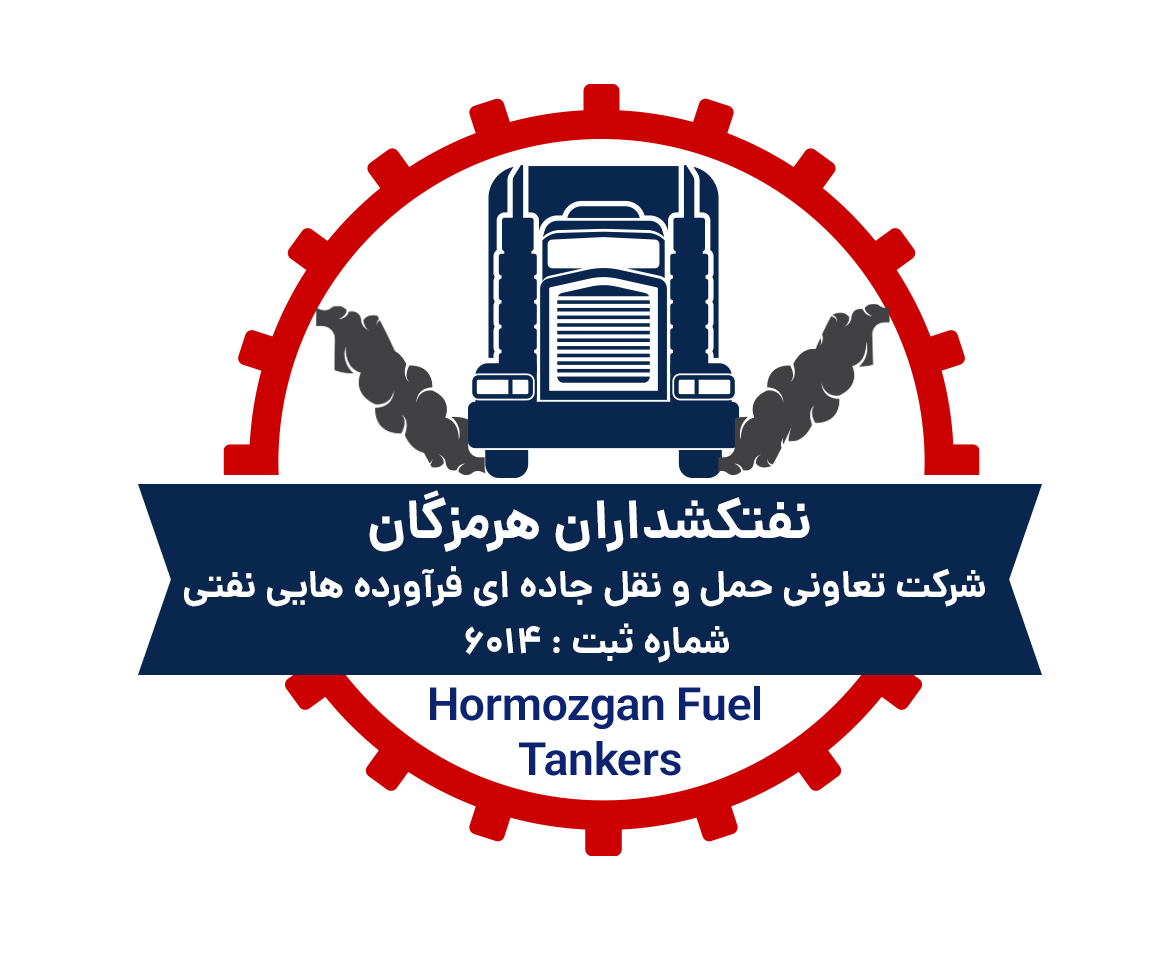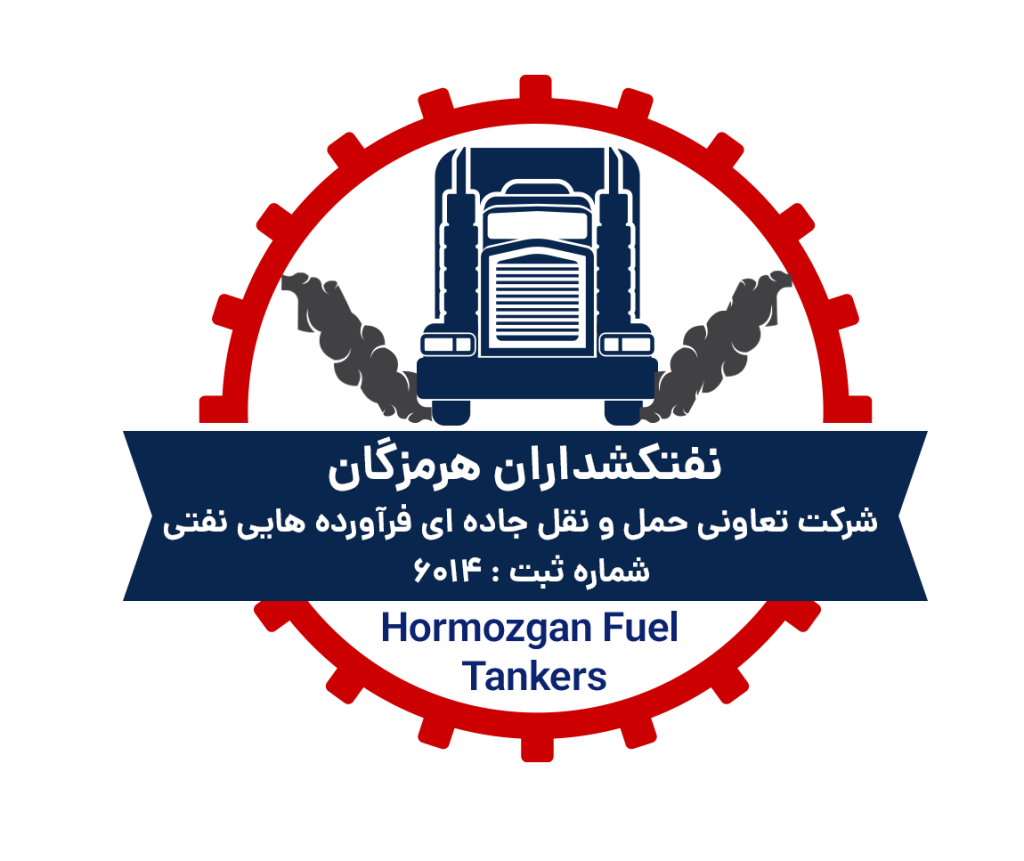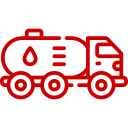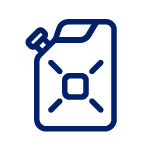A Practical Analysis of Safety Devices – From Relief Valves to Smart Monitoring Systems
Abstract
The road transportation of hazardous fuels such as gasoline, diesel, and other flammable substances involves significant risks. Utilizing standardized safety equipment and advanced smart monitoring technologies plays a vital role in preventing accidents, protecting human lives, minimizing environmental impact, and enhancing public trust. This article provides an in-depth analysis of key safety devices used in fuel transportation and evaluates their practical impact on risk mitigation. Furthermore, it highlights the safety practices and technical commitments of Hormozgan Fuel Tankers Company in this domain.
- Introduction
With the rising demand for petroleum products and the increasing volume of overland fuel transport, safety in fuel logistics has become a critical concern. Accidents caused by fuel leaks or explosions can be catastrophic. Therefore, equipping tanker fleets with cutting-edge safety technologies and adhering strictly to international safety standards is not merely beneficial—it is essential.
- Essential Safety Equipment for Hazardous Fuel Transport
2.1. Relief Valves
Relief valves are crucial in preventing sudden pressure build-up within fuel tanks. These automatic valves release excess pressure, reducing the risk of tank rupture or leakage of dangerous substances.
2.2. Anti-lock Braking System (ABS) and Electronic Stability Control (ESC)
Equipping fuel tankers with ABS and ESC significantly reduces the risk of vehicle overturn, especially on slippery or winding roads. These technologies enhance driver control in emergency situations.
2.3. Explosion-Proof Devices
This includes explosion-resistant hatches, piping, and pumps. These components are designed to prevent ignition or explosion, even in the presence of sparks or flammable vapors.
2.4. Smart Monitoring and Real-Time Tracking Systems (GPS + IoT)
The integration of Internet of Things (IoT) technology and advanced GPS systems allows for real-time tracking of tanker location, fuel levels, tank temperature, and even driver behavior. These systems not only improve operational control but also enable rapid response in the event of an emergency.
2.5. Leak Detection Sensors and Gas Alarms
Leak detection systems promptly identify fuel or gas leaks at an early stage and trigger alerts, helping to prevent fires and explosions before they occur.
- Impact of Safety Equipment on Reducing Accidents
Global studies, including data from the U.S. FMCSA and the European ADR authority, demonstrate that regular and standardized use of safety equipment can reduce fuel transport-related accidents by up to 50%. These tools contribute to employee and driver safety, while also reinforcing public confidence in the responsibility and reliability of transport companies.
- Initiatives by Hormozgan Fuel Tankers Company
As a leading fuel transport operator in southern Iran, Hormozgan Fuel Tankers Company has taken significant strides toward minimizing operational risks through technical innovation and compliance with international safety standards. The company has outfitted its fleet with cutting-edge safety technologies, ensuring compliance, accountability, and trustworthiness.
Key recent safety initiatives include:
Equipping all tankers with real-time smart monitoring and fuel tracking systems
Establishing a centralized Emergency Operations Control Center
Adopting ADR-based internal safety guidelines
Conducting routine technical and safety audits across the fleet
These efforts reflect the company’s strategic commitment to safe, sustainable, and professional fuel logistics.
Conclusion
In today’s transportation sector, safety is not merely an advantage—it is a professional obligation and social responsibility. When correctly selected and applied, modern safety equipment can make the difference between a successful operation and an irreversible disaster. Hormozgan Fuel Tankers Company, by leveraging its technical knowledge and unwavering commitment to safety, serves as a model of excellence in the secure overland transport of hazardous fuels in Iran.
Keywords:
Fuel transport, safety equipment, relief valves, smart monitoring, leak detection, fuel tanker, social responsibility, ADR standards, FMCSA, Hormozgan Fuel Tanker Company
References:
1.European Agreement Concerning the International Carriage of Dangerous Goods by Road (ADR) – UNECE
2.FMCSA – U.S. Federal Motor Carrier Safety Administration
3.Transportation of Dangerous Goods: A Risk-Based Approach, Journal of Hazardous Materials
4.Fuel Transport Safety Guidelines, Iranian Ministry of Petroleum
5.Internal Safety Reports – Hormozgan Fuel Tankers Company (2023–2024)












